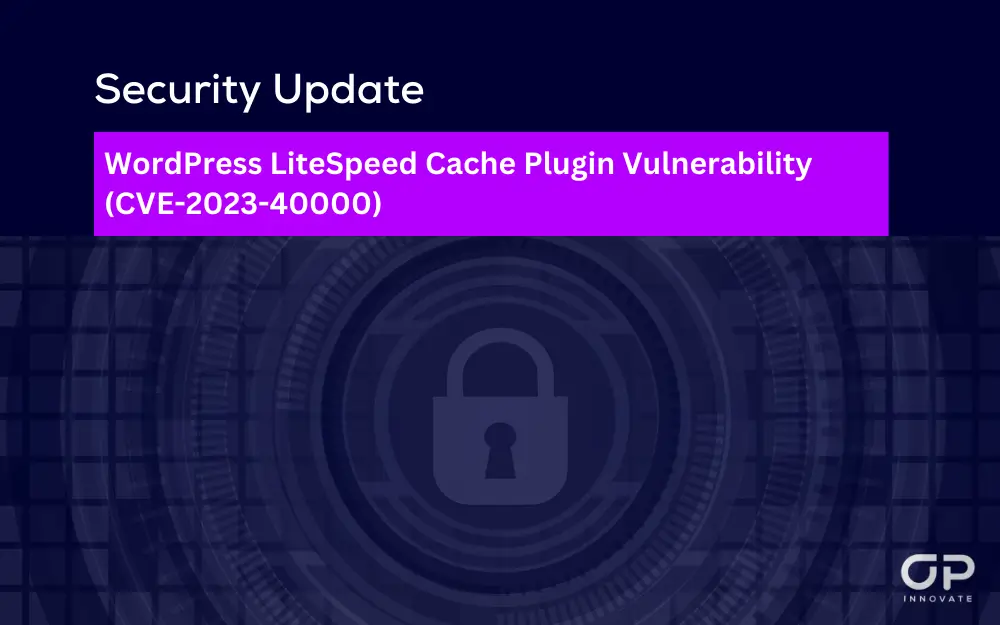A critical vulnerability identified as CVE-2023-40000 in the LiteSpeed Cache Plugin for WordPress, affecting over 5 million websites globally, is being actively exploited by hackers. This exploit enables the creation of administrative accounts, thus posing severe security risks to a vast number of WordPress websites. Immediate action is required to mitigate this threat.
Vulnerability Details
- Plugin: LiteSpeed Cache for WordPress (LSCWP)
- Affected Versions: Prior to 5.7.0.1
- Vulnerability Type: Cross-Site Scripting (XSS)
- CVE-ID: CVE-2023-40000
- Severity Rating: 8.3/10 (High Severity)
- Discovery and Disclosure: Discovered and disclosed by Rafie Muhammad from PatchStack on October 17, 2023.
- Vulnerability Description: The flaw arises from improper input sanitization and output escaping, alongside inadequate access control on specific REST API endpoints. This allows for unauthenticated site-wide stored XSS attacks.
Exploitation and Impact
- Exploit Method: Attackers can inject malicious scripts to perform activities ranging from sensitive information theft to privilege escalation through a single HTTP request.
- Current Exploitation: As of early May 2024, nearly 2 million attacks have been attempted, exploiting this vulnerability with peak activities recorded on April 2nd.
- Sign of Compromise: Presence of new admin users, particularly with names like “wpsupp-user”, on WordPress sites.
Indicators of Compromise (IoCs)
- Malicious URLs:
- https[:]//dns[.]startservicefounds.com/service/f[.]php
- https[:]//api[.]startservicefounds[.]com
- https[:]//cache[.]cloudswiftcdn[.]com
- Suspicious IP Addresses:
- 45.150.67.235
Remediation Steps
- Immediate Actions:
- Update the LiteSpeed Cache plugin to version 5.7.0.1 or later to mitigate the vulnerability.
- Monitor for and remove any unauthorized admin accounts.
- Long-Term Security Measures:
- Regularly update all WordPress plugins and core installations.
- Implement rigorous input validation and output encoding practices.
- Enhance monitoring of unusual activities, particularly related to user privilege escalation and modifications in site settings or content.
Recommendations for Site Administrators
- Detection: Regularly scan for the aforementioned IoCs and unusual admin user account creations.
- Cleanup: Follow structured cleanup procedures to remove any traces of infection from the site, including reviewing and deleting suspicious plugins and directories.
- Security Enhancement: Employ additional security layers such as Web Application Firewalls (WAFs) and endpoint protection solutions tailored for web applications.



